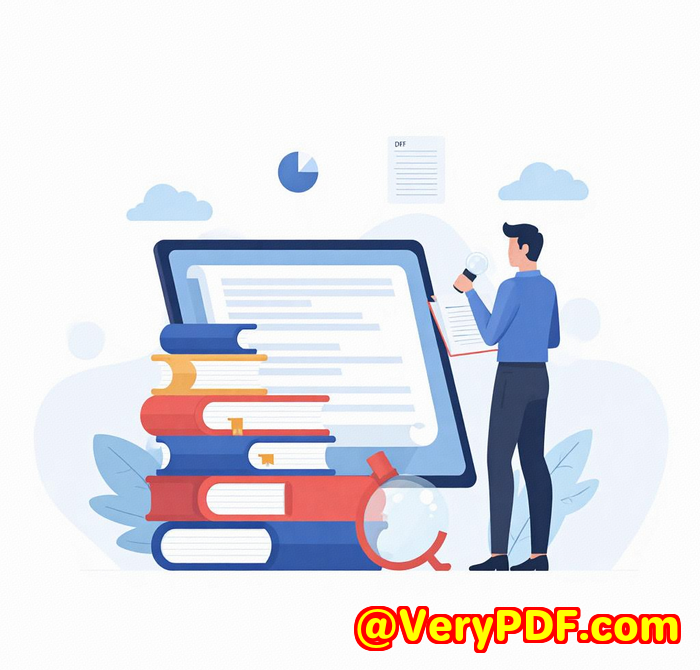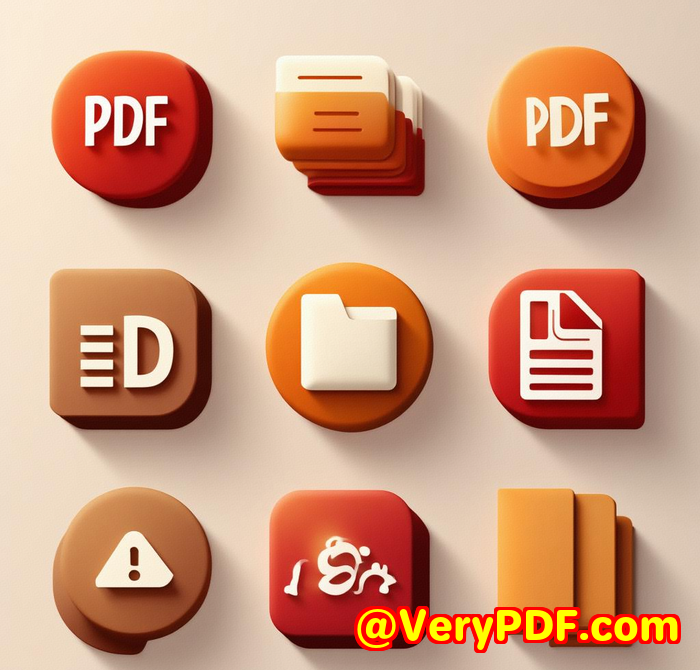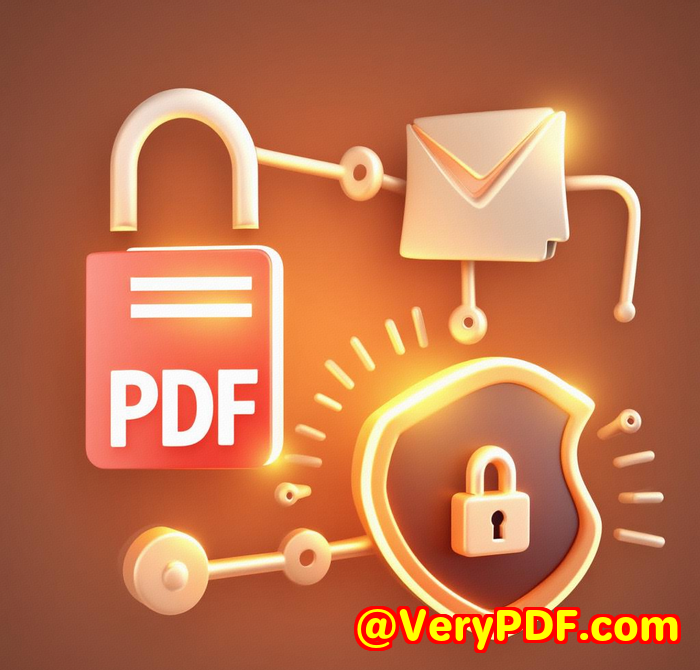VeryPDF Rasterize API vs PDFco A Side-by-Side Comparison for Developers
VeryPDF Rasterize API vs PDFco: A Side-by-Side Comparison for Developers
Ever found yourself stuck trying to get complex PDFs to display exactly the same way across every platform?
I've been there. It's frustrating when a contract, report, or design looks perfect on your machine but breaks or shifts on someone else's.
For developers handling PDF workflows, this inconsistency can throw a wrench in automation, client deliveries, or internal tools.

That's why I decided to dig deep into VeryPDF Rasterize PDF API for Developerspart of the VeryPDF Cloud APIand stack it against PDFco's offering. If you're building apps that need rock-solid PDF rendering or want to lock down documents so they're read-only and consistent, this comparison is for you.
Why Rasterizing PDFs Matters for Developers
Let's get real. PDFs are weird beasts. They combine text, vectors, images, and fonts in ways that render differently depending on the viewer.
When you're automating document handling or want to ensure your PDFs look the same on every screen or printer, converting vector PDFs into rasterized, image-like PDFs can be a lifesaver.
It turns all those tricky elements into a single-layer image inside a PDF, which means no surprises with fonts, layout shifts, or weird rendering bugs.
I had to solve this exact problem a few months ago when building an internal tool to prepare legal contracts. The contracts contained complex signatures and vector graphics that some users' PDF readers would glitch on, causing delays and confusion.
Discovering VeryPDF Rasterize PDF API
I stumbled across VeryPDF Rasterize PDF API while hunting for a solution that developers could integrate easily via REST API.
The promise? Fast, pixel-perfect conversion of any PDF into an image-based PDF.
The target audience? Developers and teams automating document workflows who need:
-
Consistent PDF rendering across platforms
-
Protection against editing (read-only documents)
-
Fast, scalable cloud processing
-
Customizable resolution and image quality settings
Right away, this tool spoke my languageautomation-friendly with powerful options, no clunky desktop installs.
Key Features That Make VeryPDF Rasterize API a Winner
Here's what really stood out when I started testing:
1. Lightning-Fast Conversions
Thanks to its cloud infrastructure, files convert in secondseven complex multi-page PDFs with lots of vector graphics.
In my case, I automated weekly contract batches and cut processing time by more than half compared to local desktop tools.
2. Pixel-Perfect Accuracy
The API's advanced algorithms preserved every detail with precision. I tested intricate vector logos and handwritten signatures, and the rasterized PDFs matched the originals perfectly without jagged edges or blurred text.
3. Customizable Image Resolution and Quality
You can set DPI (dots per inch) to balance file size and image clarity. For example:
-
High DPI for archiving or printing
-
Lower DPI for faster loading on mobile apps
I loved that I could tweak these parameters programmatically depending on the use case.
4. Enterprise-Grade Security
This matters if you deal with sensitive docs. VeryPDF complies with ISO 27001, HIPAA, SOC 2, and GDPR standards and encrypts files during processing.
5. Developer-Friendly REST API
The REST API integration was straightforward. Using simple HTTP POST requests with authentication tokens, I set parameters and handled files without fuss.
Plus, SDKs and clear docs helped me avoid rookie mistakes and get the pipeline running in no time.
My Experience: Where VeryPDF Shines Over Other Tools
Before trying VeryPDF, I used PDFco's rasterizing tool. PDFco is solid, but here's what felt different:
-
Speed: VeryPDF's cloud setup consistently returned results faster, which was huge for batch jobs.
-
Customization: PDFco's options were more limited. I couldn't tweak image resolution or quality on the fly as easily.
-
Security: VeryPDF's compliance certifications gave me confidence for handling confidential contracts.
-
Reliability: VeryPDF handled complex vector graphics more gracefullyPDFco sometimes rasterized poorly with pixelation artifacts.
In one real-world scenario, I needed to produce locked-down contracts that couldn't be edited or copied but still looked pristine. VeryPDF Rasterize API nailed this by turning vectors into a single-layer image inside the PDF, which PDFco struggled to do without quality loss.
When Should Developers Use VeryPDF Rasterize PDF API?
If you're building applications or workflows where any of these sound familiar, this tool's for you:
-
You want to ensure consistent document rendering across all devices and platforms.
-
You need to protect documents from editing or copying by flattening content into images.
-
Your project demands fast and scalable cloud-based PDF processing with REST API integration.
-
You want to automate batch PDF rasterizing with fine-tuned control over resolution and file size.
-
You handle sensitive documents requiring enterprise-grade security and compliance.
-
Your PDFs include complex vector graphics, signatures, or fonts that cause rendering issues elsewhere.
Why I'd Recommend VeryPDF Rasterize API to Developers
I've spent countless hours troubleshooting PDF inconsistencies, and the difference VeryPDF makes is noticeable.
From the clarity of the output to the ease of integration, it ticks all the boxes for any dev needing robust PDF rasterizing capabilities.
The ability to automate workflows with precise control over image resolution and quality saved me time and headaches.
And if you're dealing with sensitive info, the strong security compliance is icing on the cake.
If you're serious about building dependable, consistent PDF tools or workflows, I'd say give VeryPDF Rasterize PDF API a serious look.
Try It Yourself
If you want to boost your PDF processing game and avoid rendering headaches, try VeryPDF Rasterize API.
Start your free trial and see how easy it is to integrate with your apps and workflows.
Check it out here: https://www.verypdf.com/online/cloud-api/
Custom Development Services by VeryPDF
Beyond the Rasterize API, VeryPDF offers tailored development services to fit unique PDF processing needs across multiple platforms: Linux, macOS, Windows, iOS, Android, and more.
They develop utilities with Python, PHP, C/C++, Windows API, and .NET, plus virtual printer drivers that generate PDFs, images, and other formats right from Windows printers. They also provide tools for monitoring and intercepting print jobs and file access, plus advanced features like OCR for scanned PDFs and barcode recognition.
If your projects require bespoke PDF tools or integration, you can reach out to VeryPDF's support to discuss custom solutions that fit your requirements perfectly: http://support.verypdf.com/
FAQs About VeryPDF Rasterize PDF API
Q1: What types of PDFs can the Rasterize API handle?
It supports all standard PDFs, especially those with complex vector graphics, fonts, and images that need consistent rendering.
Q2: Can I set the image quality and resolution?
Yes, you can customise DPI and image quality parameters to balance between file size and clarity.
Q3: Is the API secure enough for sensitive documents?
Absolutely. It complies with ISO 27001, HIPAA, SOC 2, and GDPR, ensuring encrypted file processing.
Q4: How do I integrate the Rasterize API?
Integration is simple via REST API using HTTP POST requests with authentication tokens; SDKs and docs help speed up development.
Q5: Can I use the Rasterize API to make PDFs read-only?
Yes. By converting PDFs into single-layer image-based files, it effectively locks down content from editing or copying.
Tags/Keywords
-
VeryPDF Rasterize PDF API
-
PDF rasterizing for developers
-
PDF rendering consistency
-
PDF read-only conversion
-
Cloud PDF processing API
If you're a developer looking for a reliable, fast, and secure way to convert PDFs into rasterized, image-like formats for consistent display and protection, VeryPDF Rasterize PDF API is a strong choice.
I've found it invaluable in cutting down manual fixes and building workflows that just workwithout the usual PDF headaches. Give it a try, and see how much smoother your PDF automation can be.



